Me in my studio: Voltaire Twins
Australian twin new-wavers show us the gear that makes their Melbourne studio sing
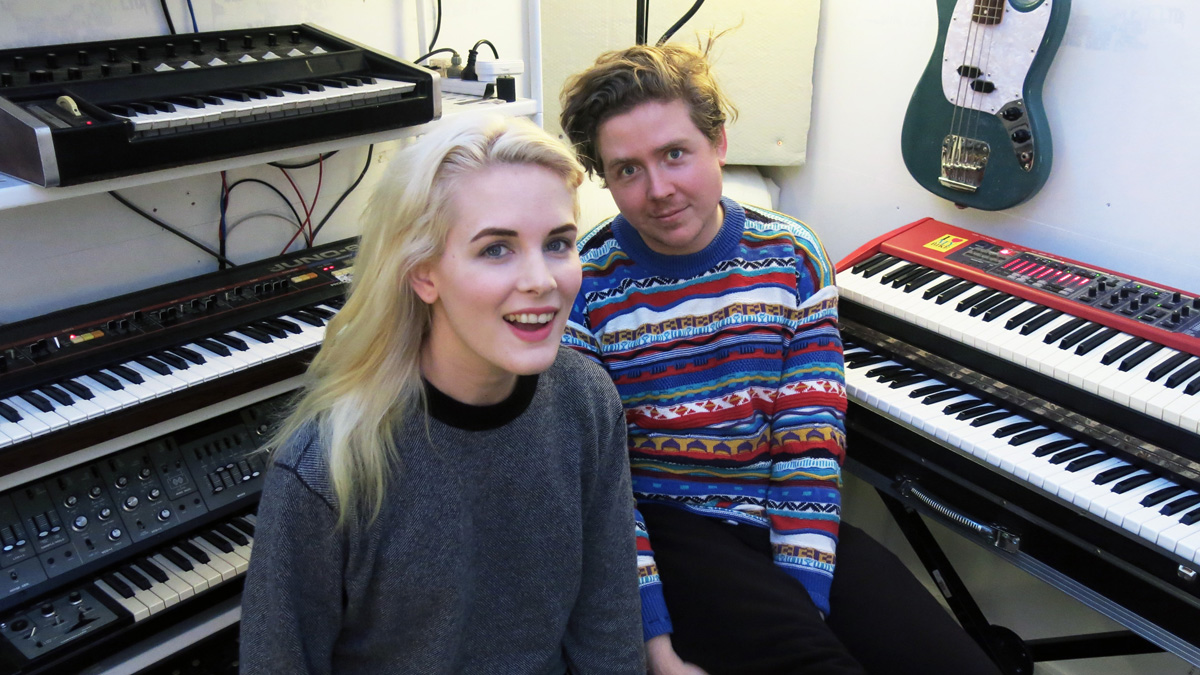
Welcome
Brother and sister duo the Voltaire Twins are here to take us on a tour around their glittery synth cave, where they have been writing the soon to be released Milky Waves album. This dishes out a cosmic thickshake of '70s disco, '80s pop and '90s beats.
The album hits the shelves on 14 August and is a result of Tegan and Jaymes Voltaire’s work with producer Anna Laverty (Cut Copy, New Gods) and mixer Steve Schram (San Cisco, Little Red).
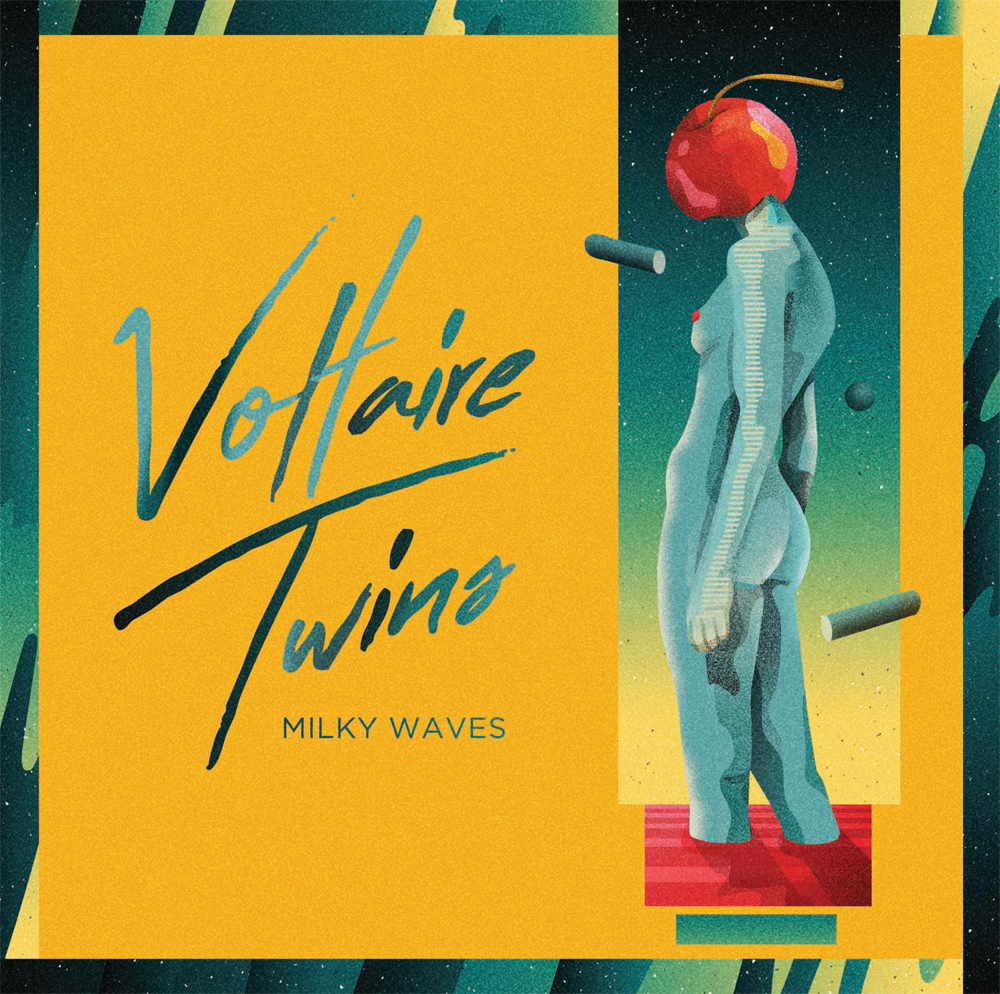
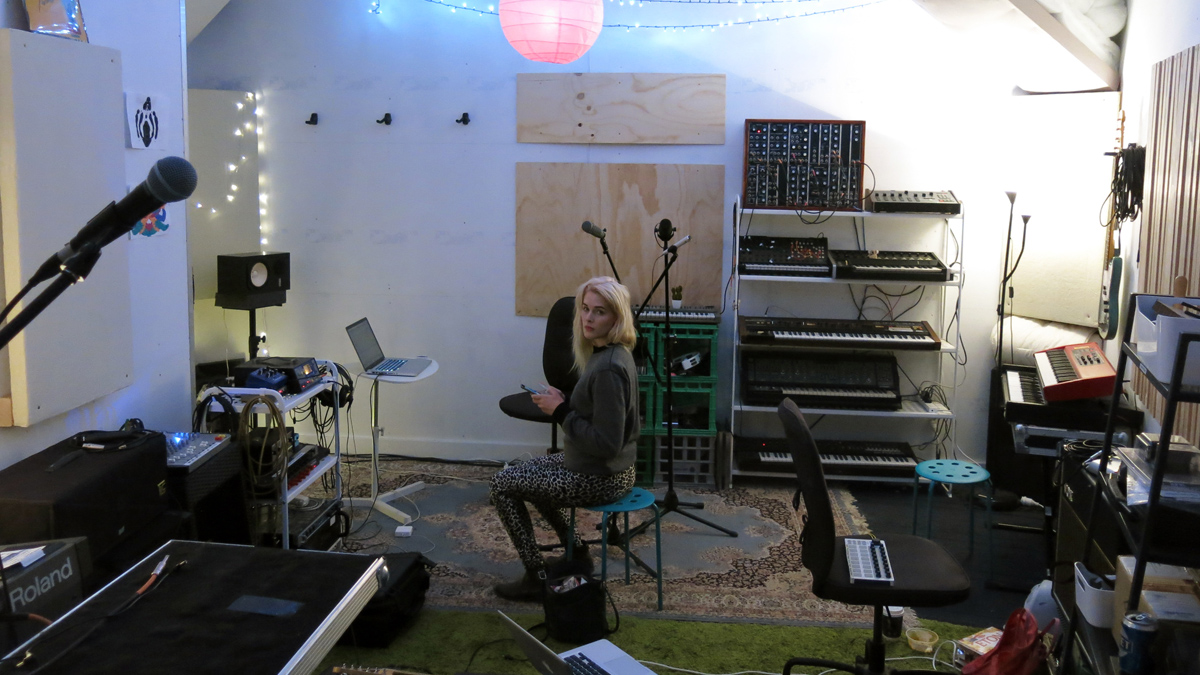
The space
“We’re lucky to have a decent-sized space that we can rehearse and record in. We spend days and nights drifting around the room, picking things up, plugging them in, unplugging them and putting them down.
“The layout of the room at the end of a week is like a map of what we’ve been working on.”
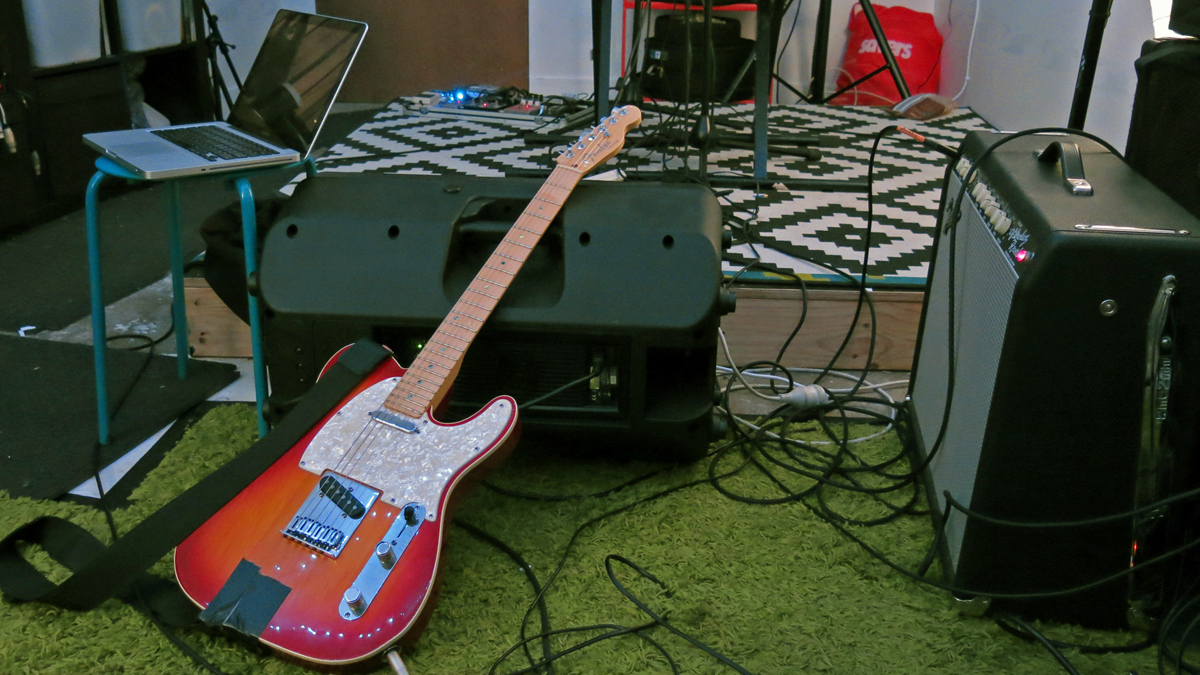
Fender American Deluxe Telecaster, Fender Vibrolux Reverb amp
“This guitar is all over the album. We took about six guitars into the studio and auditioned them over each track and this one always won out.
“Switching on the American Deluxe gives you access to some unbelievable sweet, bell-like tones on the neck pickup, almost like an arch-top. So clean and slinky.”
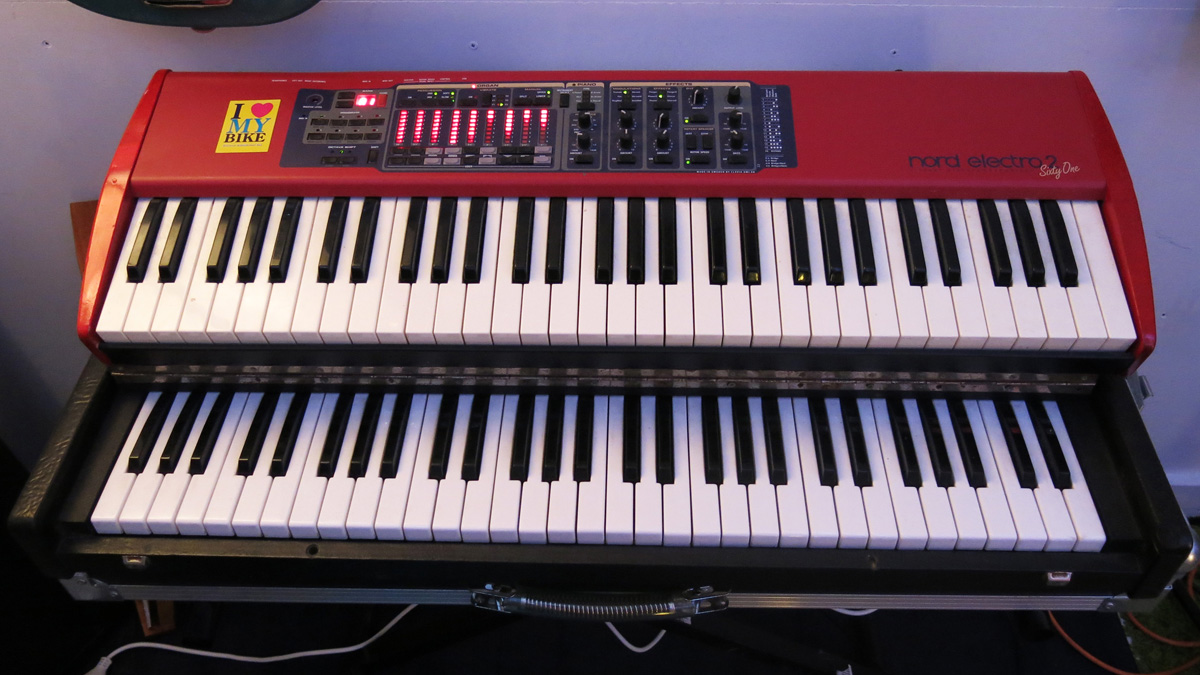
Nord electro 2, Hohner Pianet T
“The Nord is a go-to for writing. Note how battered it is! This keyboard got run over by a truck and survived.
"If I was Clavia I’d be running these over in demo videos to show how robust the casings are!
“The Pianet is an electromechanical piano that was way too noisey when we got it. But a bit of copper shielding and voila! It sounds so old, so vintage. It’s a real flavour.”
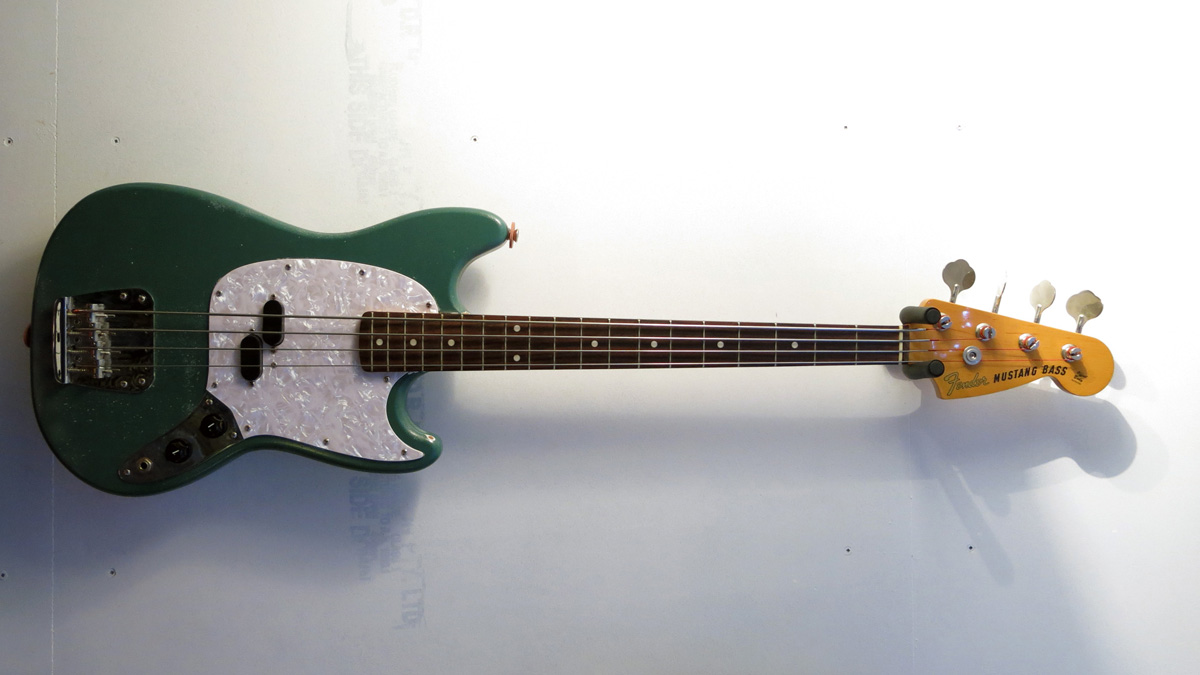
Japanese Fender Mustang bass
“This is one thing we’d never sell, even though it cost hardly anything. It was someone’s project - notice the home paint job - that went wrong and was barely playable when we got it.
“We gave the input jack and pots some TLC, shielded the inside with copper tape and now it purrs! It’s so easy to play as well. It’s all over the album.”
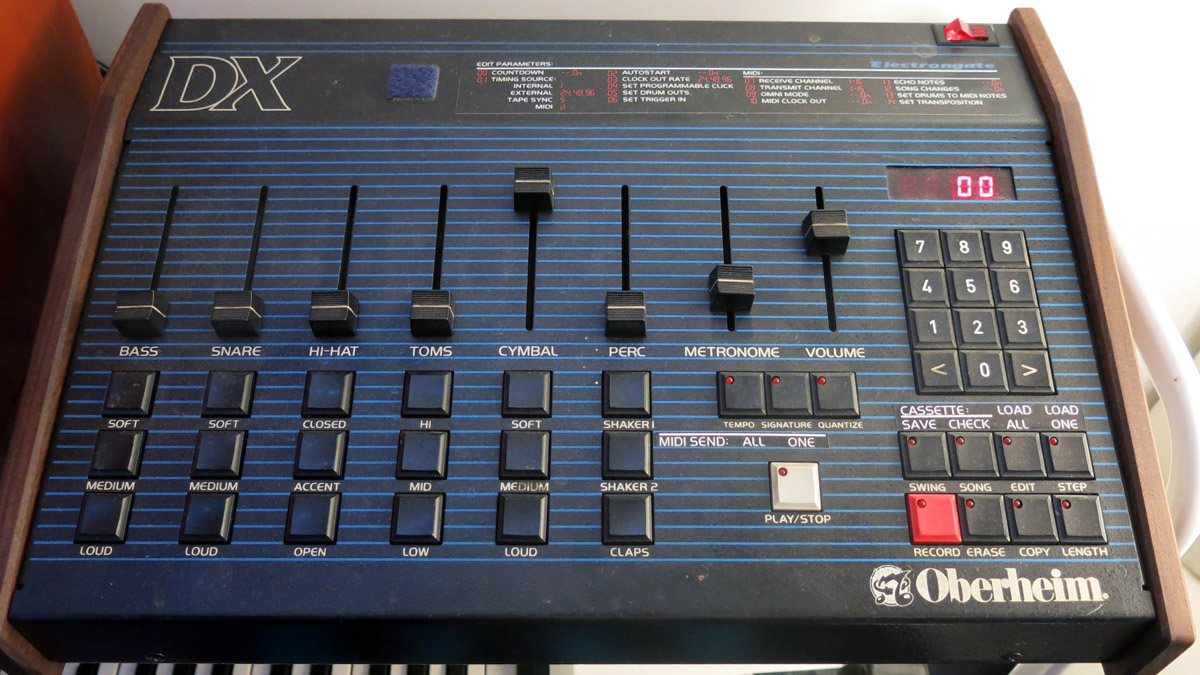
Oberheim DX drum machine
“This unit has been with us for a few years but we only started using it regularly in the last few months, when we’ve been using it live.
“What can we say that you don’t already know? It’s that familiar eighties funk/hip-hop sound you know and love.
“We installed the MIDI mod so we could send MIDI to it from a laptop and run separate lines out for each channel. In a live setting it snaps and punches so nicely.”
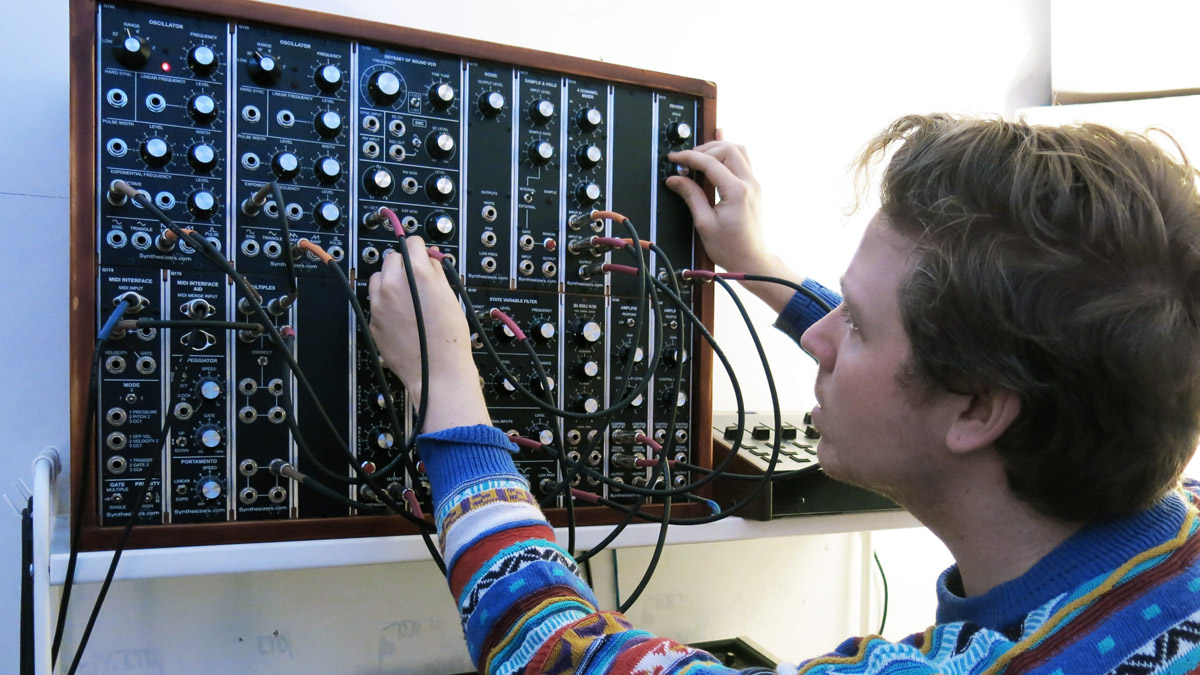
Home-made modular system
“We wanted to get into modular synthesis for so long, so when the album came along we decided it was time to pull out the big guns.
“This is a mix and match of synthesizers.com modules, plus a Corsynth Odyssey of Sound oscillator (ARP 2600/Odyssey clone) and a STG Sea Devils filter (EMS Synthi clone) for a bit of variety.
“We use it a lot when we need big basslines or really classic arpeggios. It isn’t subtle, that’s for sure!”
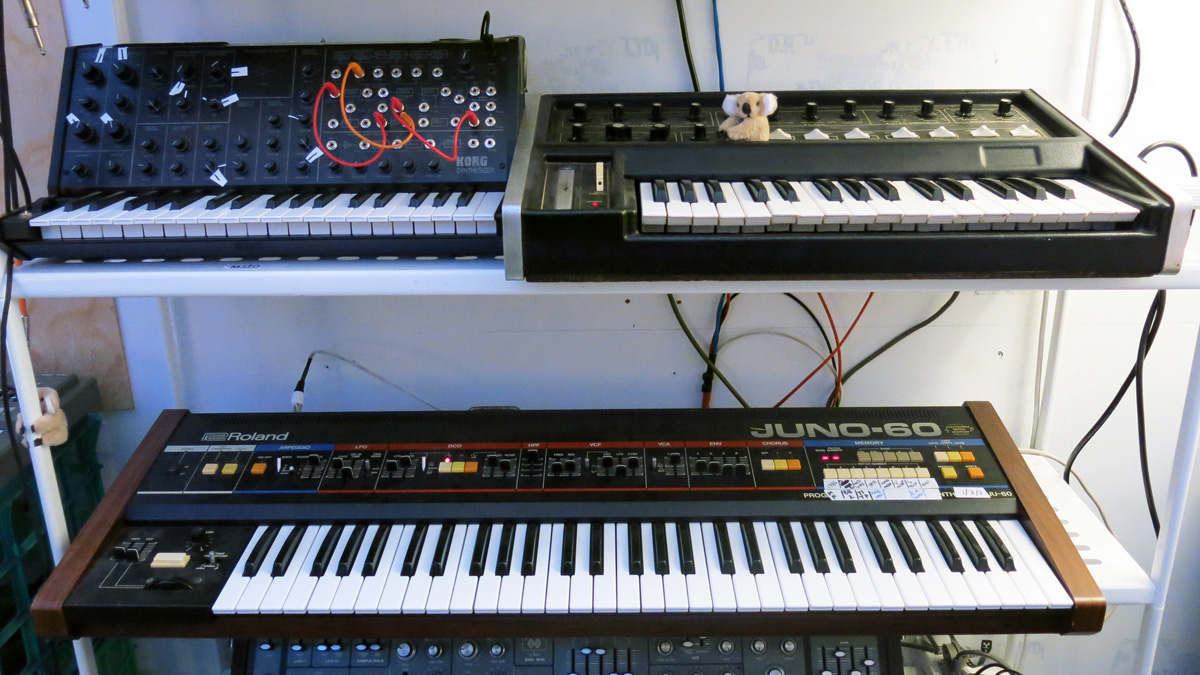
Korg MS20 mini, Moog Micromoog, Roland Juno 60
“We got the MS20 mini as something small and light for live use. The smaller keys are annoying, but it sounds so close to the original that we can’t find anything to replace it with (apart from a full-size MS20!).
“The Micromoog is so underrated. It nails that smooth, juicy Minimoog sound, but it has enough of it’s own character to sound less trite than a Minimoog.
“The Juno 60 is everywhere on the album. We know this synth back to front - we can probably pull more sounds from this than any other synth. It’s been with us for a very long time.”
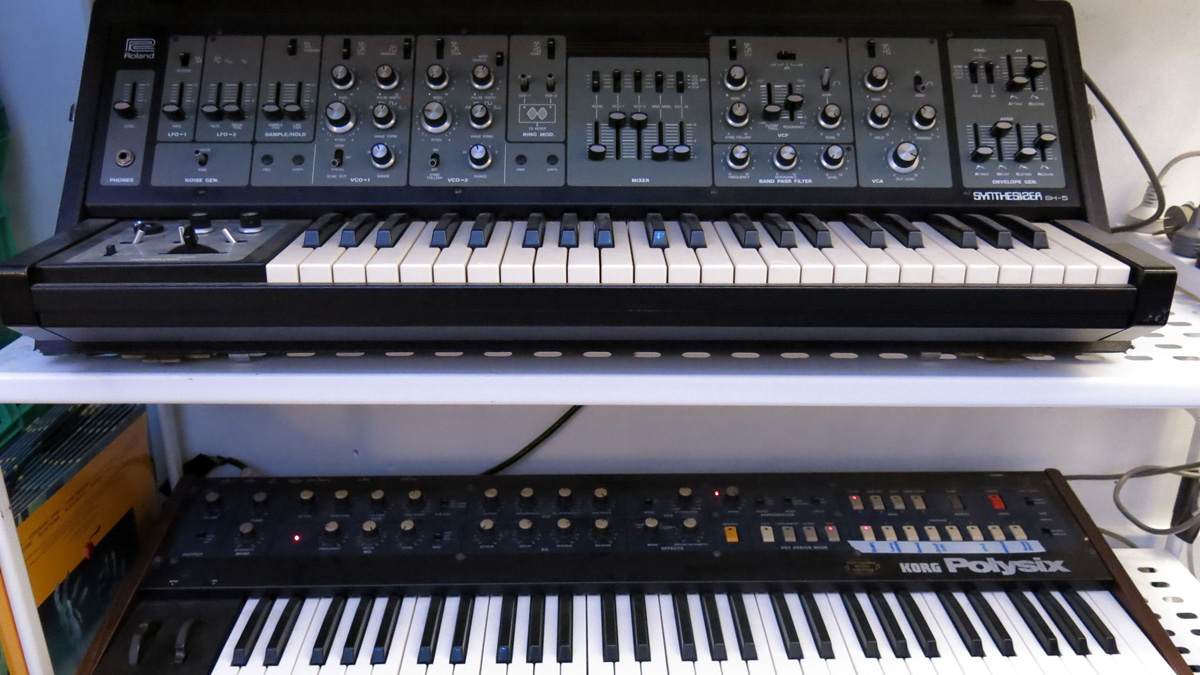
Roland SH-5, Korg Polysix
“The SH-5 is an unforgiving mistress, but if you spend the time with it you can pull wonderfully thick, sexy sounds from it.
“The dual filter is the jewel in the crown here - you can add an additional bandpass filter over the top of the variable filter. Use double bandpass and you can get some really slick, vowel-y sounds.
“We used it for a wailing funk/soul lead on “Slow Down” as well as a few general fat/buzzy solos on a few other tracks.
“The Polysix is so lush for a single-oscillator synth. We use it for a lot of sparkly, spooky italo leads. Ours is particularly badly behaved, and it throws up all kinds of quirky sounds, many of which get used.”
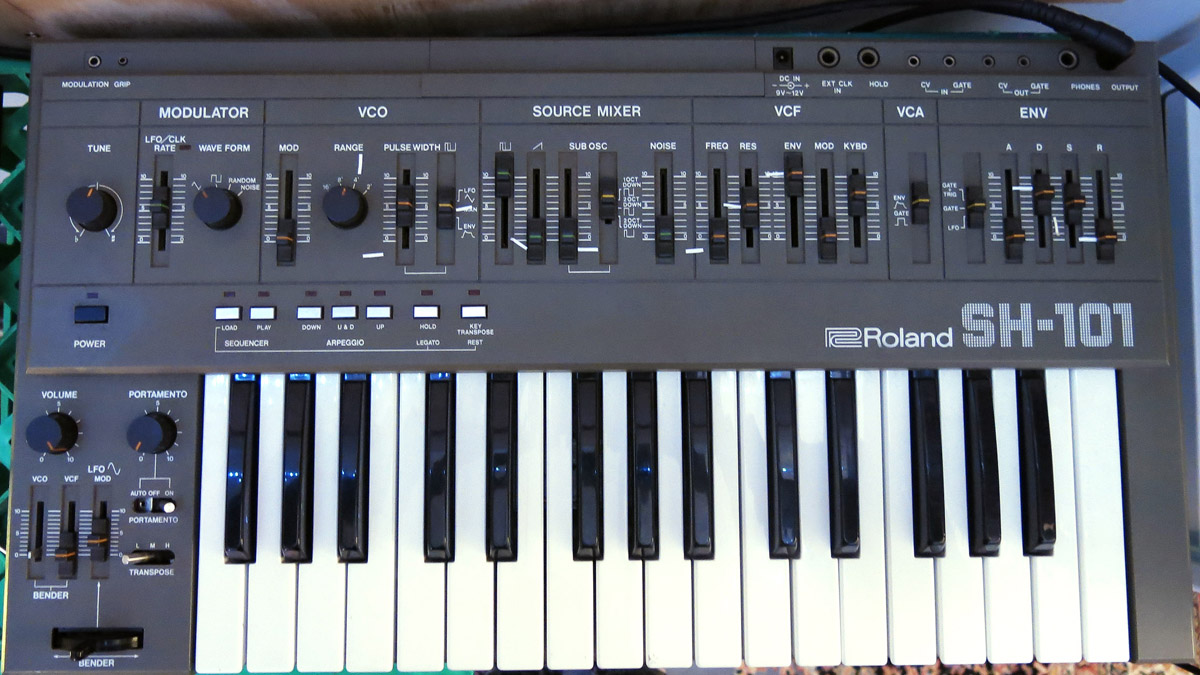
Roland SH-101
“A recent acquisition. We got it very cheap (they’re SO expensive now!) by travelling on a notoriously dodgy trainline out to the hills, where a very eccentric old man was selling his son’s synth collection.
“He was almost deaf and screamed at me the whole time. It was a pretty scary train ride home clutching this thing.
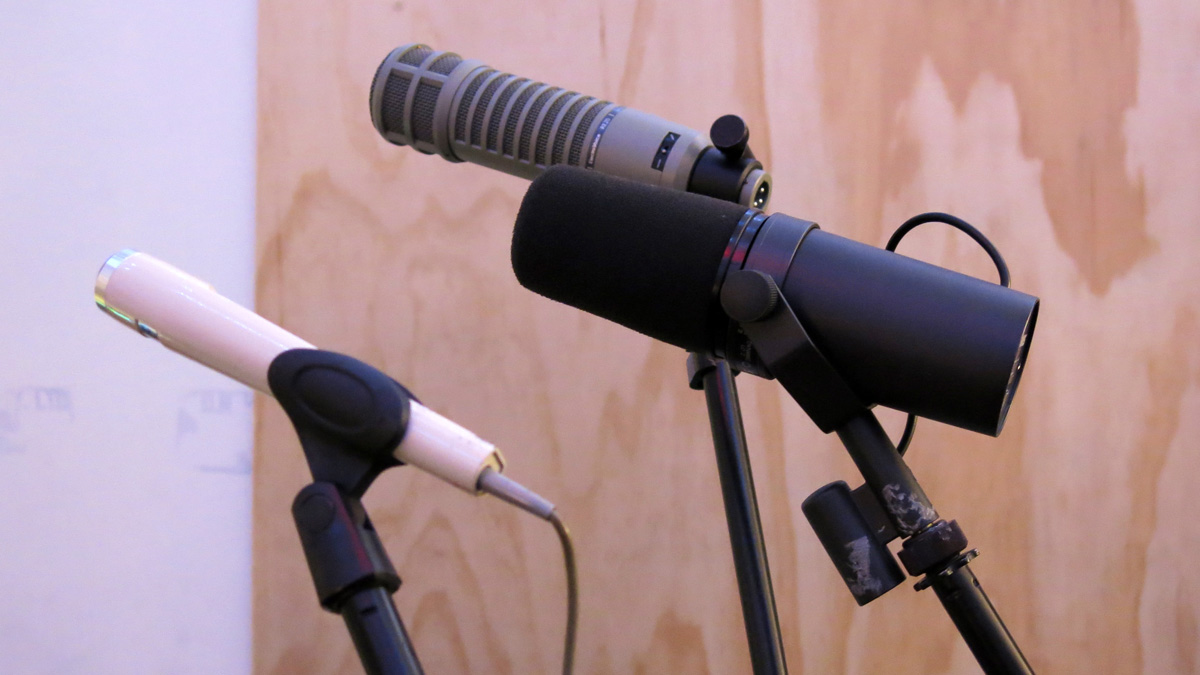
EV RE-20, Shure SM7b, Sony F96
“Three very affordable, excellent sounding mics that sound great on just about everything.
“The RE-20 is so forgiving - great if you’re an average engineer (like us!) or you’re an inconsistent singer (like us!).
“The SM7b is such a studio standard. Like the RE-20 it’s flexible and easy to pull good sounds with.
“The F96 is the quirky one. It came with a tape machine in the sixties. You can get them for nothing on eBay, they’re so common, but they sound great! Awesome for vocals, guitars and drums. Not as clean as the SM7b but flavour galore if you like the 'Shitty Is Pretty' thing.”
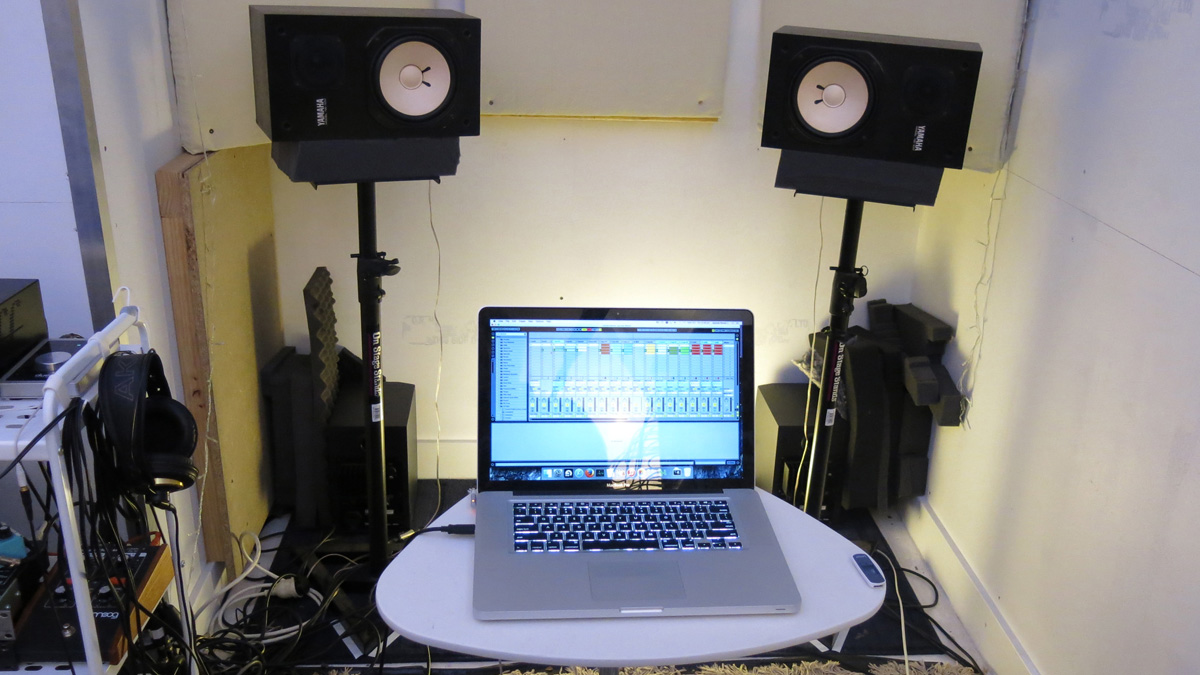
Yamaha NS10m monitors
“We like to spread out and stretch our legs so we have a very minimalist set up. No desk, just a little laptop table and the monitors.
“NS10s are so great for synth players because they are merciless and they force you to sculpt your sounds neatly.
“They’re famous for being so harsh, and they really do teach you about taming your midrange.”
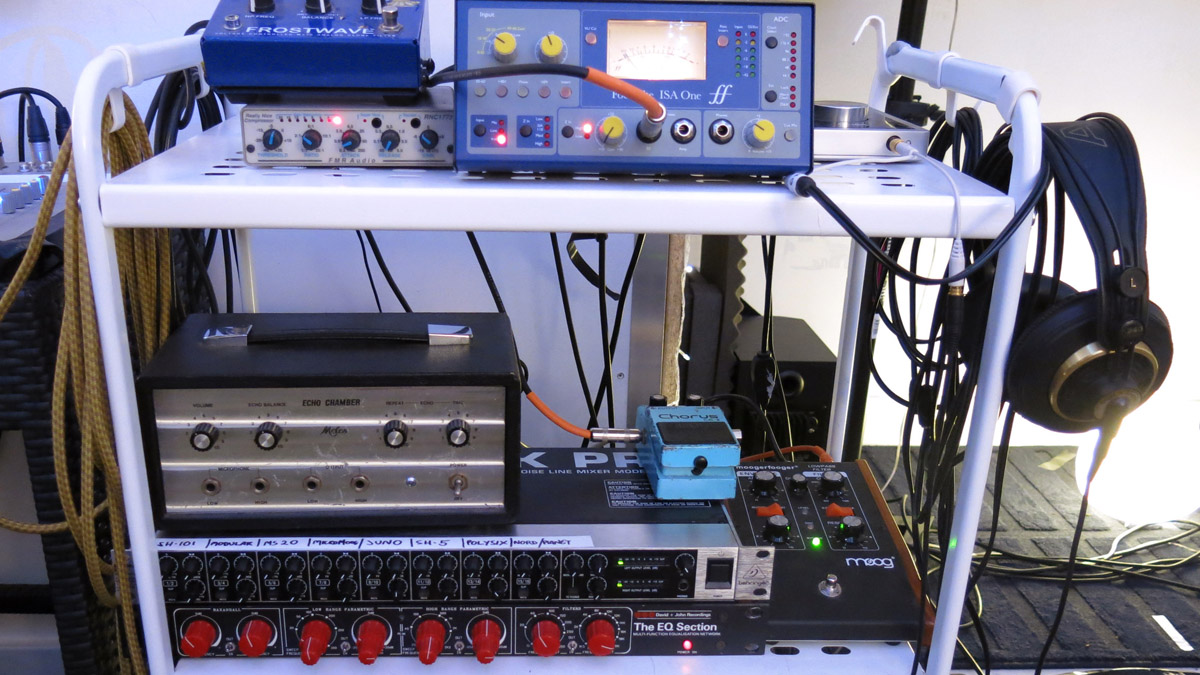
Effects
“Our input/effects section is made up of a Frostwave Resonator, FMR Really Nice Compressor, Focusrite ISA One, Apogee Duet, Melos Echo Chamber, Boss CE-2 chorus, Behringer line mixer, Homemade Baxandall/Parametric EQ/filter and a Moogerfooger lowpass filter.
“The Apogee, Focusrite and RNC are great little home studio options - a simple, reliable toolkit. The line mixer has a line from every synth in the studio to save patching time.
“The EQ is a weird little homemade unit from the seventies that can be really useful for messing with sounds and shaping them on the way in.”
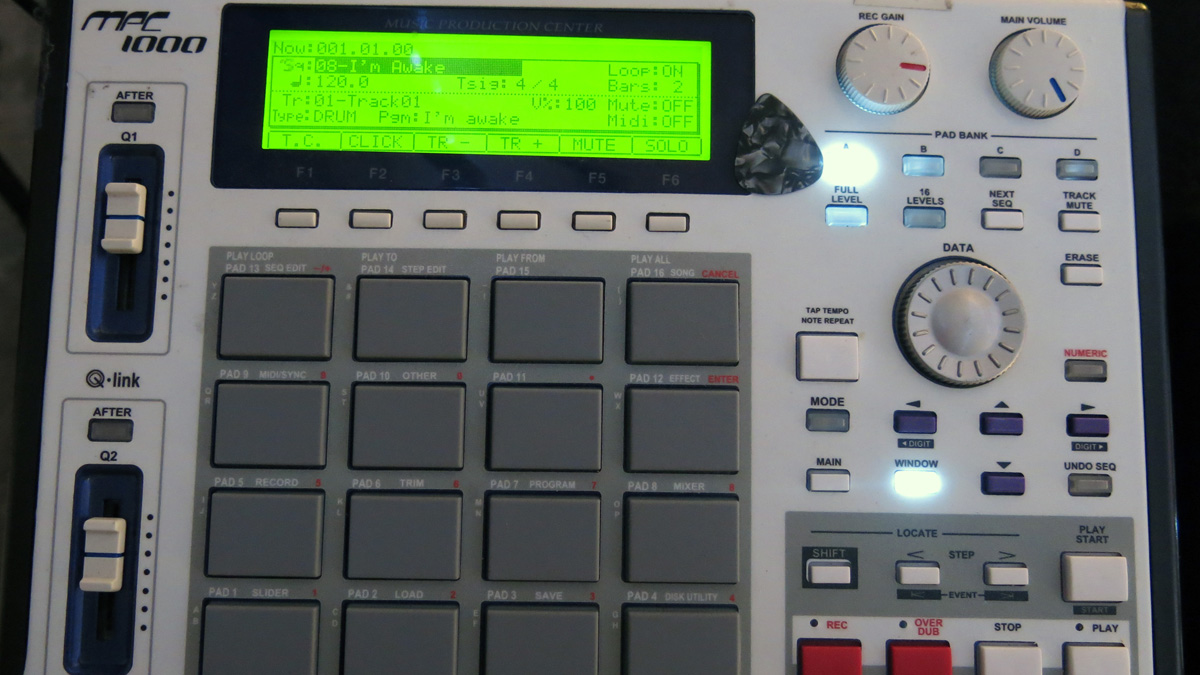
Akai MPC1000 sampler
“An essential part of our live rig. We’ve searched high and low for a sampler with the same features of the MPC (lots of outputs, dual midi, can send multiple midi sequences while running sample sequences and allowing you to trigger pads live), but with more memory and a better OS the only real alternative is Ableton Live.”

I take care of the reviews on MusicRadar and Future Music magazine, though can sometimes be spotted in front of a camera talking little sense in the presence of real musicians. For the past 30 years, I have been unable to decide on which instrument to master, so haven't bothered. Currently, a lover of all things high-gain in the guitar stakes and never one to resist churning out sub-standard funky breaks, the likes of which you'll never hear.









